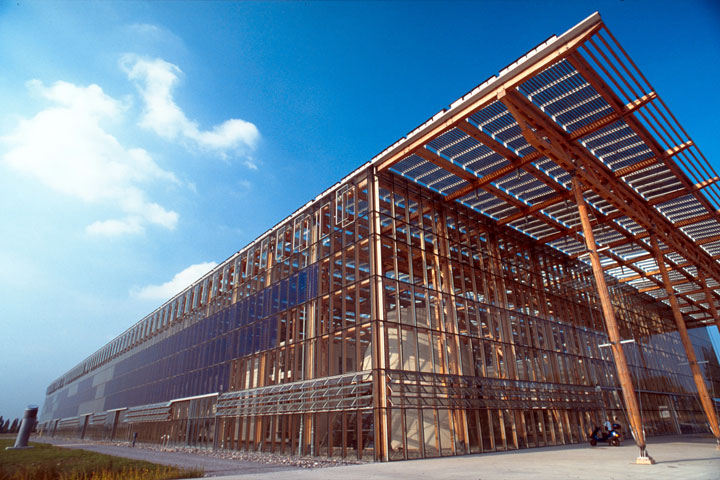 This note was reviewed and approved for currency in November 2018.
This note was reviewed and approved for currency in November 2018.
This note deals with architectural issues associated with photovoltaic (PV) power systems integrated into building design. It follows on from EDG note TEC 4, ‘Photovoltaic Cells – How They Work’.
New photovoltaic materials offer new design options: the challenge for designers is to combine technological and architectural considerations to produce integrated applications in buildings. This note details the opportunities presented by BIPV and gives an outline of key issues for the conceptual designer, including a value proposition for convincing prospective clients.
This note was originally published as DES 28 in August 1999. Its authors were Deo Prasad and Juliet Byrnes. It was reviewed by Deo Prasad in July 2004 and reviewed and revised by Mark Snow in 2011.
